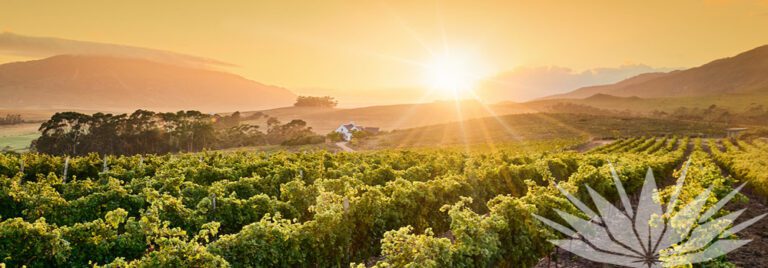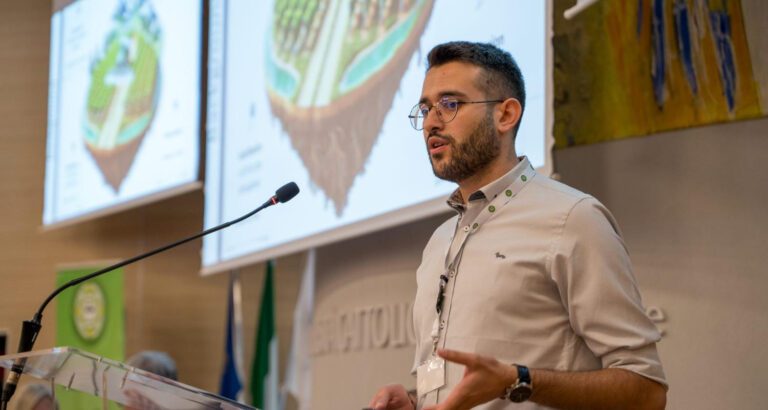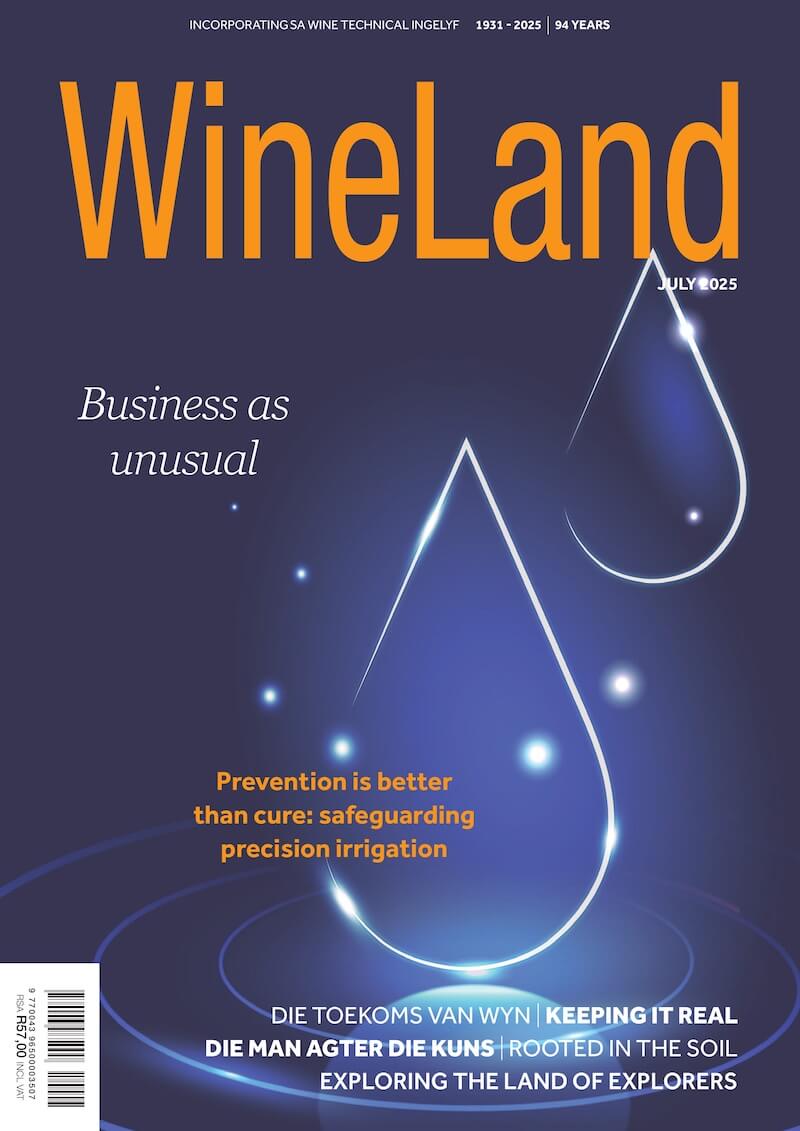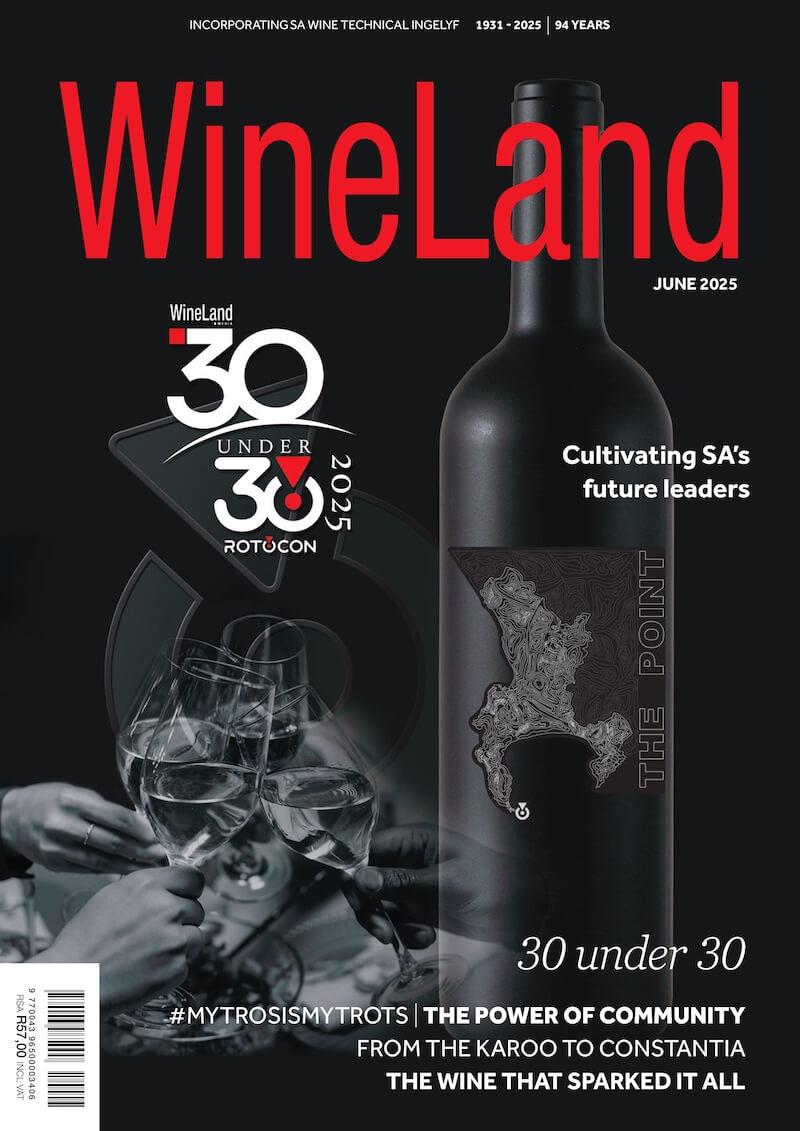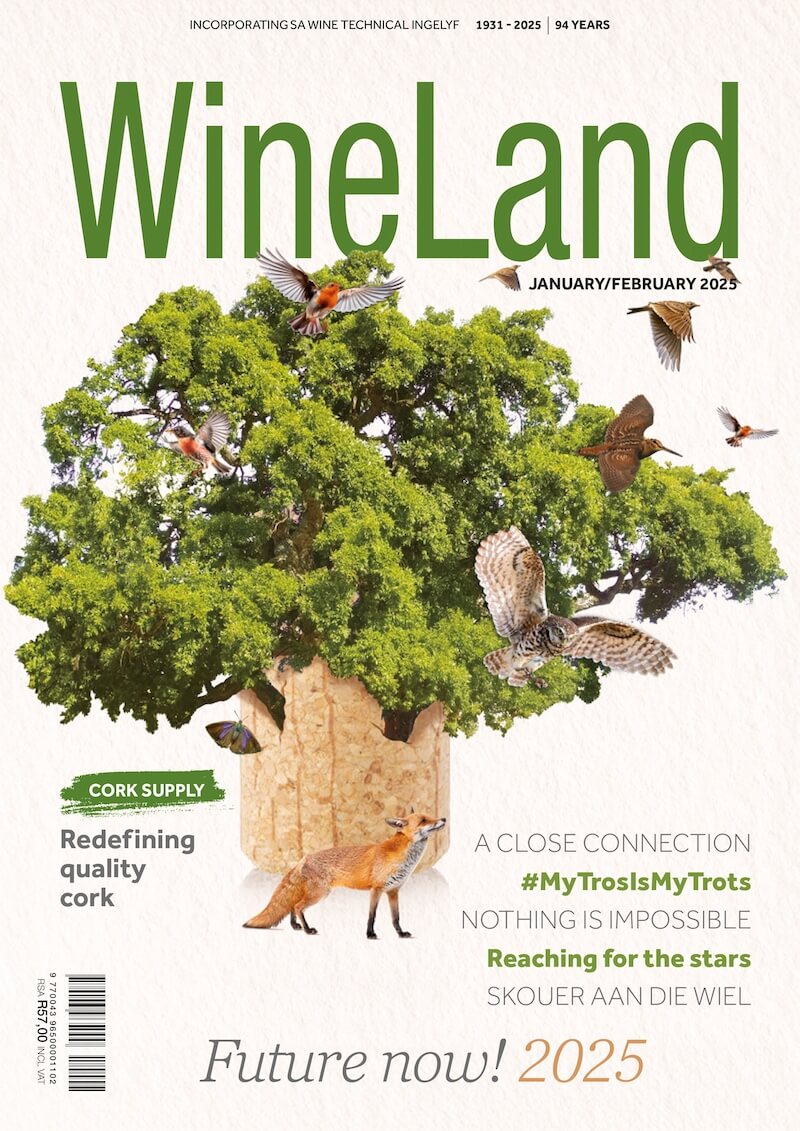The impact of climate change on viticulture was highlighted at the second annual Old Vine Project workshop, held in Stellenbosch on 21 September. While governments and businesses have to consider major interventions to mitigate its effects, producers can also build resilience at root level.
As an organisation that seeks to preserve the past with an eye on the future, the Old Vine Project is keenly aware of the serious threat climate change could pose to vineyards in South Africa.
According the European-based Copernicus Climate Change Service, this year’s June-July-August season was the warmest on record globally.
Such a future presents South African producers with a stark reality. “We want to plant vines now that will grow old,” says Old Vine Project founder Rosa Kruger. “Some of the best wines ever produced in South Africa come from dryland bush-vine vineyards in the Swartland and on the West Coast, and many of these vineyards will struggle to survive if the climate changes as climatologists around the world predict.”
This June already set a new record as the warmest since records began in the mid-1800s. According to the 2021 IPCC report, global mean surface temperatures are set to rise between 2 and 4 °C without serious interventions.
“The most warming is concentrated on the polar regions and overland areas,” says Professor Stephanie Midgley, specialist scientist at the Department of Agriculture in the Western Cape and extraordinary associate professor in horticulture at Stellenbosch University. “That means if the global average warming is 2 °C, continental Africa will experience increases of more than 2.5 °C.”
Climate future
The Western Cape’s SmartAgri Plan, the Department of Agriculture’s strategy to deal with climate change, divides the province into 23 agroclimatic zones.
The Western Cape region enjoys a great diversity of microclimates which range from very high to very low rainfall areas, driven by its mountain ranges and oceans. The cold current on the West Coast and warm Agulhas current on the southern coast have a strong influence on the local climate, says Stephanie.
Other important variables such as wind, fog, hail, humidity and frost are less well understood and more difficult to measure than temperature and rainfall. What seems certain is that Mediterranean regions such as the southwestern Cape are facing a drier future. Generally, this means less rainfall per event, even if the frequency of rainy days remains the same.
According to Stephanie, most of the impact in South Africa will likely come from shifts in rainfall patterns and extreme weather, which bring greater risk of drought, local flooding and wildfires, especially in marginal areas such as the West Coast. “Even without rainfall decreases, increasing temperatures will almost certainly mean significant water balance challenges to agriculture, as it drives evapotranspiration and affects irrigation schedules.”
Silver linings
The Western Cape has some natural buffers against the elements, compared with similar regions elsewhere in the world, such as the moderating influence of the two oceans, sparser vegetation and low threat of cyclones. “With good planning and infrastructure, we can make ourselves quite resilient to these threats,” says Stephanie. “In might even be a competitive advantage to be less exposed to natural disasters.”
“We have an amazing diversity of climates in the Western Cape. This allows a high diversity of agricultural production such as fruit and wine. This means we have a wonderful opportunity to try different things in different areas depending on the local climate and soils.”
Through good practices, working together, and effective adaptation, the sector can mitigate the risks and leverage opportunities afforded by specific microclimates.
Plant better
One of the ways to improve climate resilience is to plant at higher and at cooler altitudes, Rosa suggests. “In warmer climates, grapes lose acidity during heatwaves. With applications such as Cape Farm Mapper and TerraClim, producers can find cooler spots on their farm, for example southerly slopes, to plan and plant smarter.”
Terraces aren’t a good option in South Africa, as it causes the soil to dry out from two sides. “It’s essential to keep the soil’s natural layers, not remove the topsoil, and preserve rain that falls on your land as much as possible.”
Instead, Rosa recommends exploiting the landscape’s natural contours to slow down and harvest rainwater. “Contour-planting not only breaks the speed of the water, which avoids erosion, but also channels rainwater to where it can be used productively.”
Another strategy is to plant varieties with a natural high acidity, such as Assyrtiko. Experiments with other varieties such as Piquepoul Blanc and new clones of Grenache show promise, while early-ripening varieties can be harvested before heatwaves.
“Post-harvest water and food to build reserves for even budding and strong growth in spring is essential and undervalued,” says Rosa. “Combating climate change will mostly be about going greener and farming closer to nature.”
The sustainable advantage
According to Rosa, effective vineyard planning requires a GIS terrain analysis with complete scientific soil mapping by a qualified soil scientist. Planting effectively requires precise planning and expertise, and although infrastructure such as stormwater systems can be expensive, the benefits will be seen in decades to come.
Resilience-enhancing practices not only allow vineyards to grow old despite uncertain and difficult conditions, they also benefit the soils, vineyards, grapes and most importantly, the final product.

